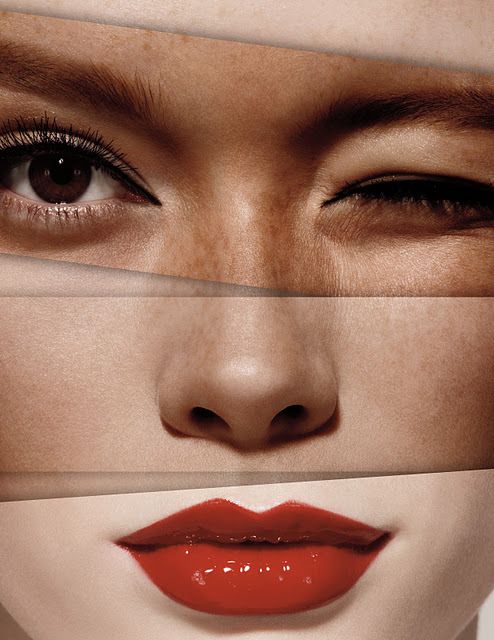
Whether it’s a caesarean section or any other surgery, these procedures tend to leave scars behind. Scars may also form due to inflammation or infection, and they are often coloured and may be raised. TYPES OF SURGICAL SCARS As much as we may hope, most scars never completely disappear. But there are effective treatments available to minimize them. Treatments will depend on the type of scar. 1. Keloid scars These are hard to miss, being one of the most conspicuous scars. They are raised and grow beyond the boundaries of the original skin injury. Keloids are often discoloured, red or hyperpigmented. They are due to an overproduction of cells that the body generates to repair itself. Keloids are more common in darker skin types. These can be tricky to treat and silicon sheets or pressure dressings can be applied to prevent keloids from forming. Once keloids have formed however, doctors usually jump straight to intralesional injections to shrink the scars with an anti-inflammatory effect. Very thick or large keloid Continue Reading




